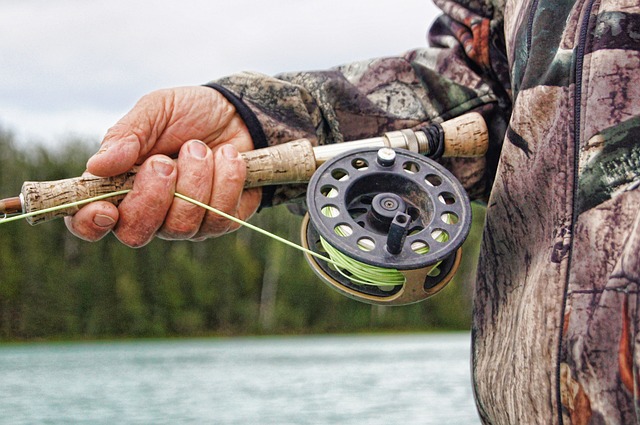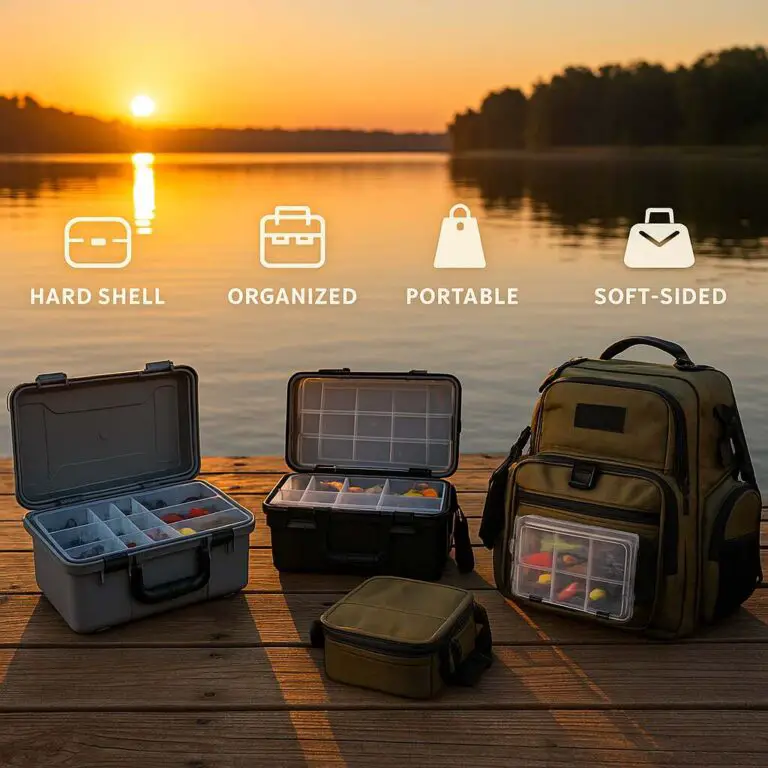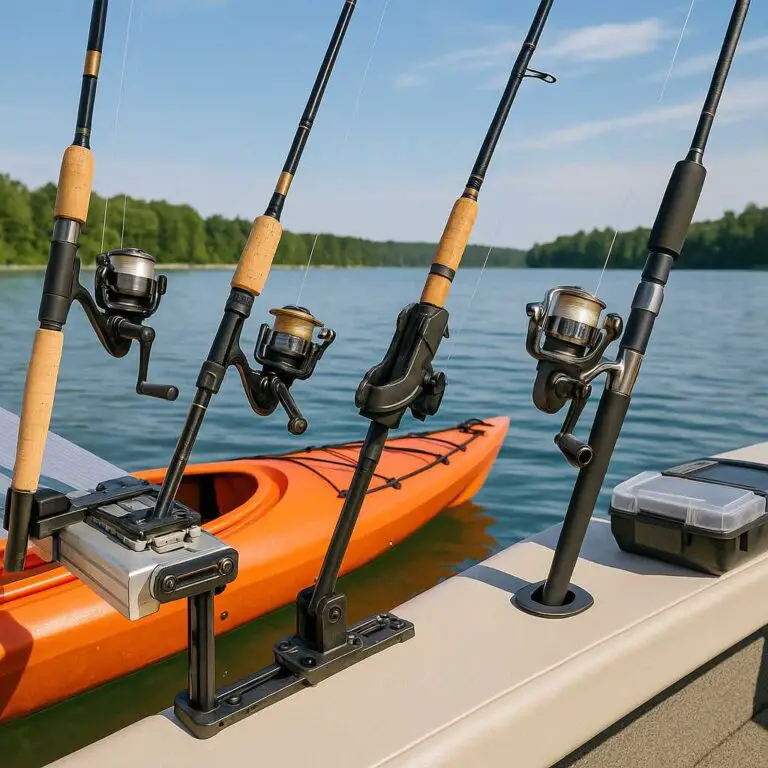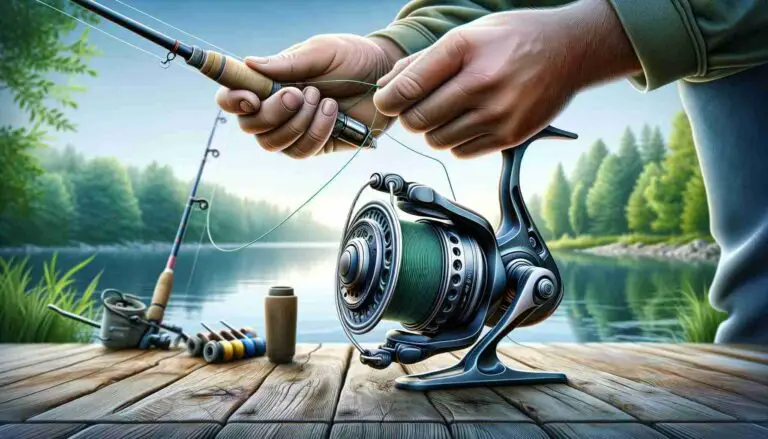Fly fishing is a popular pastime for many outdoor enthusiasts, but choosing the right fly rod weight can be a daunting task, especially for beginners. The weight of the fly rod plays a crucial role in determining the success of your fishing experience. In this article, I will discuss how to determine fly rod weight, the factors you should consider when choosing the right weight, and the benefits of selecting the right weight for your fishing needs. Whether you’re a beginner or a seasoned angler, this guide will provide valuable insights to help you choose the right fly rod weight for your next fishing day.
Factors to Consider When Determining Fly Rod Weight
When determining fly rod weight, there are several factors that you should take into consideration, including:
- Type of Fish Species: Different fish species have varying sizes, weights, and strengths. The weight of the fly rod will depend on the size of the fish you are targeting. For instance, if you are fishing for small trout or panfish, a lighter-weight fly rod (2-4 weight) is suitable. However, if you’re going after larger fish like salmon or steelhead, you’ll need a heavier fly rod (7-10 weight) to handle their size and strength.
- Water Type and Conditions: The type of water you’re fishing in also plays a role in determining fly rod weight. If you’re fishing in a small stream or creek, a lighter-weight fly rod is more appropriate, as it will allow for more delicate presentations. On the other hand, if you’re fishing in the ocean or a large lake with heavy winds, a heavier fly rod will give you the power you need to cast your line and control your fly in these conditions.
- Fly Line Weight: The weight of the fly line you’re using is another crucial factor to consider when determining fly rod weight. The weight of the fly line should match the weight of the fly rod. For example, a 5-weight fly rod should use a 5-weight fly line. Using the wrong weight of the fly line can make casting difficult and negatively affect your overall fishing experience.
- Casting Ability and Experience: Your personal casting ability and experience level should also be considered when determining fly rod weight. If you’re a beginner, it’s recommended to start with a lighter-weight fly rod as it will be easier to cast and control. As you gain more experience, you can move up to heavier weights and longer rods.
Understanding Fly Rod Weight Classes
Fly rods are classified into weight classes ranging from 1 to 12. Each weight class is designed for a specific fishing application and can handle different sizes and types of fish. Here’s a breakdown of the different fly rod weight classes:
- Ultra-light (1-3 weight): These fly rods are suitable for fishing small streams and ponds for small fish species like trout or panfish. They are easy to cast, and their delicate presentation is ideal for catching small fish.
- Light (4-5 weight): These fly rods are versatile and suitable for a wide range of fishing conditions. They can be used for small to medium-sized fish in both still and moving water.
- Medium (6-7 weight): These fly rods are ideal for larger fish species like bass, steelhead, and salmon in medium to large rivers or lakes. They have enough power to handle the weight and fight off these fish.
- Heavy (8-9 weight): These fly rods are designed for big game fishing like tarpon, bonefish, and redfish. They can handle heavy lines and have the power to cast in windy conditions.
- Extra Heavy (10-12 weight): These fly rods are designed for the toughest fishing conditions, including saltwater fishing and large freshwater species like musky and pike. They are heavy-duty, with the power to handle the toughest fights.
It’s essential to choose the right weight class to match your fishing conditions to have a successful fishing experience. By selecting the right weight class, you can ensure that you have the right balance of power, accuracy, and delicacy to catch the fish you’re targeting.
How to Determine the Right Fly Rod Weight for You
Choosing the right fly rod weight can be a daunting task, but here are five steps you can take to determine the right weight for your fishing needs:
1. Determine the Fish Species and Water Type You Will Be Fishing in
Consider the type of fish species and water type you will be fishing in. For small trout or panfish in small streams, a lighter-weight fly rod (1-3 weight) is more appropriate. For larger fish like salmon or steelhead in medium to large rivers or lakes, a heavier fly rod (7-10 weight) is required.
2. Consider Your Casting Ability and Experience
Your personal casting ability and experience level should be taken into account when choosing fly rod weight. If you’re a beginner or have limited casting experience, a lighter-weight fly rod (1-5 weight) may be more appropriate as they are easier to cast and control. As you gain more experience and skill, you can move up to heavier fly rod weights.
3. Choose the Right Fly Line Weight
The weight of the fly line should match the weight of the fly rod. For instance, if you’re using a 5-weight fly rod, you should use a 5-weight fly line. Using the right weight fly line will help you cast your fly more accurately and improve your overall fishing experience.
4. Match Your Fly Rod Weight to Your Fly Line Weight
Matching your fly rod weight to your fly line weight is crucial for achieving proper casting and presentation. If you’re using a 5-weight fly rod, you should pair it with a 5-weight fly line. Using the wrong weight fly line can make casting more difficult and negatively impact your overall fishing experience.
5. Test Different Weights Before Making a Purchase
It’s essential to test different fly rod weights before making a purchase. Visit a local fly shop or participate in a demo day to try out different fly rods and get a feel for their weight and casting ability. Testing different weights will help you determine which weight feels the most comfortable and effective for your needs.
Tips for Maintaining and Caring for Your Fly Rod
Maintaining and caring for your fly rod is essential to prolonging its lifespan and ensuring optimal performance. Here are some tips for maintaining and caring for your fly rod:
- Proper Storage: Store your fly rod in a protective case or rod tube when not in use to protect it from damage. Avoid leaving it in direct sunlight or high temperatures, as this can weaken the rod over time.
- Cleaning and Maintenance: After each use, wipe down your fly rod with a clean cloth to remove any dirt, debris, or saltwater. Use a mild soap and water solution to clean the rod if necessary, but avoid using harsh chemicals or abrasives that could damage the rod’s finish. Inspect the rod regularly for any signs of damage, including cracks or loose guides.
- Repairing and Replacing Parts: If your fly rod becomes damaged, it’s important to have it repaired by a professional rod builder or repair shop. They can replace broken or damaged guides, tip-tops, or sections, and ensure that the rod is structurally sound. If your rod is beyond repair, consider replacing it with a new one.
Conclusion
Choosing the right fly rod weight is essential for a successful and enjoyable fishing experience. By considering the type of fish species and water type you will be fishing in, your casting ability and experience, and matching your fly line weight to your fly rod weight, you can determine the right fly rod weight for your needs.
Understanding the different fly rod weight classes and their recommended applications can also help you make an informed decision when selecting a fly rod. Proper maintenance and care of your fly rod, including storing it properly, cleaning and maintenance, and repairing and replacing parts as necessary, will ensure that it performs optimally and lasts for years to come.
you may also want to know when








